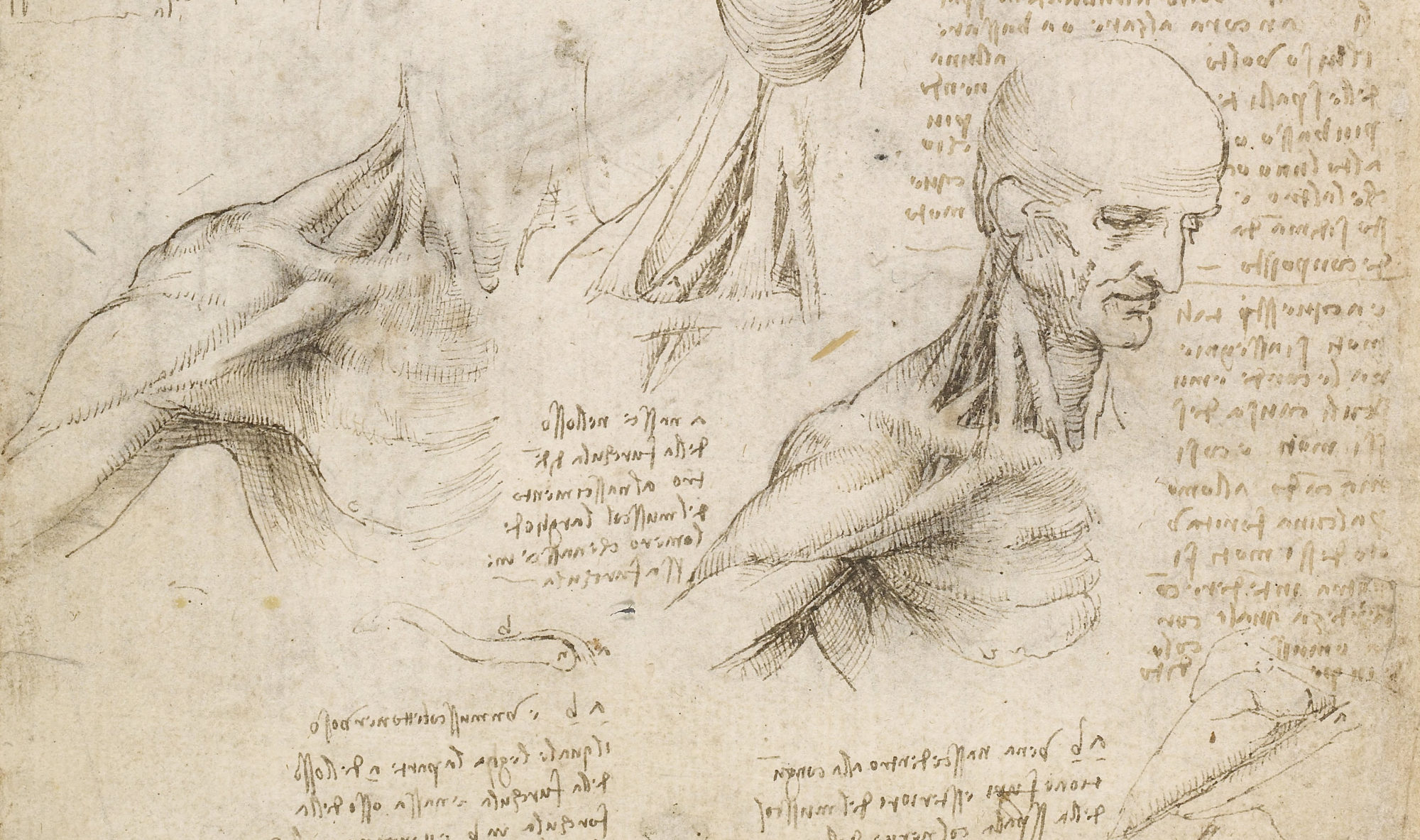Amidst all meaty stuff, I’ve also gotten into woodworking. After building the small side table, I had some white oak left and an urge to build a humidor, i.e. a wooden box that that is good looking and has a well sealing lid. However, I doubted my skills, so I lowered my ambition level and decided that I’d be making a valet box to hold my shoe shines.
Plans and first steps
I started by firing up my trustworthy sketch-up and planned the whole box with its insides and joinery. I watched quite a bit of videos (here, here and here) about making boxes and especially more about some truly cunning joinery.
After having my plans, I took my white oak timber and started to rip, plane and joint the pieces to make the box. As I use the municipality’s woodworking shop, that has limited opening times, I decided to try to make dove joints by hand instead of routing them.

The dovetails formed
I used a Japanese pull saw to do the initial cuts and two different sized chisels to cut out the dovetails. I never thought how much work it would be! The wood material is really though, especially compared to my earlier experiences of chiseling pine or spruce. The toughness made accurate dovetails quite hard to make and the end result is far from a satisfactory humidor look. I was beginning to happy that I was instead making a valet box. The dovetails are not symmetric and there where quite a bit of gaps in the first assembly. I mixed some sawdust and wood glue to try to fill the gaps.



After the assembly was done, I started to sand the box. I first used my orbital sander with a 80 grit paper, but realized that it’s going to take ages. I changed to a belt sander and a 60 grit paper. After a tedious sanding and going back to the orbital sander and a 240 grit paper (through 120), I was quite happy with the corners.

Meanwhile, I glued a board to make the top and bottom of the box. I did one more trip to the woodworking shop to plane and saw the lid and the base and glued them on. I used brass nails to guarantee they’ll stick. (naturally I made some mistakes here as well, as some of the nails went in crooked and ruined the outer surface of the box…)
After the box was an intact box, I sawed the top off using the circular saw. I glued in some spacers, added brass hinges and applied a wax everywhere else except the bottom. I glued some black felt to the bottom to make the relatively heavy box much nicer to move on a shelf or a table top.
The finished product – lessons learned from making a valet box

The end result was satisfactory. I won’t be placing it anywhere very prominently visible, but it will certainly keep my shoe brushes and shines in order even within a cupboard.
My respect towards professional carpenters, especially those who have or do work by hand has increased significantly. I’m happy that I lowered my ambition level and didn’t even try to build the humidor – but maybe some day…


